Celebrating the rhythms of life with the harvest moon
In Vietnamese cultural practice, when a baby is born, we nest with them for a full lunar cycle. This practice is shared with traditions around the world, with cultural variations ranging from 30-40 days in length. Termed “nesting,” or “laying-in,” the practice is marked by rest, warmth and nourishment for the birthing person so that they can recover and nurse their newborn — without depleting their body and compromising their long-term health.
We eliminate everything we can that does not serve those needs: we do not work, go outside, have visitors; we also don’t bathe (a warm washcloth can do wonders), drink cold liquids (a nest must be warm, inside and out), or open windows. Really, the parent and child are in more of a cocoon than a nest.
The newborn, then, will have little exposure to the natural world, nestled in this cocoon. They are held close, and what they know of the world is the familiar rhythm of the heartbeat that surrounded them while growing in the womb, and of the breath that lifts and lowers them as they lay on our chests.
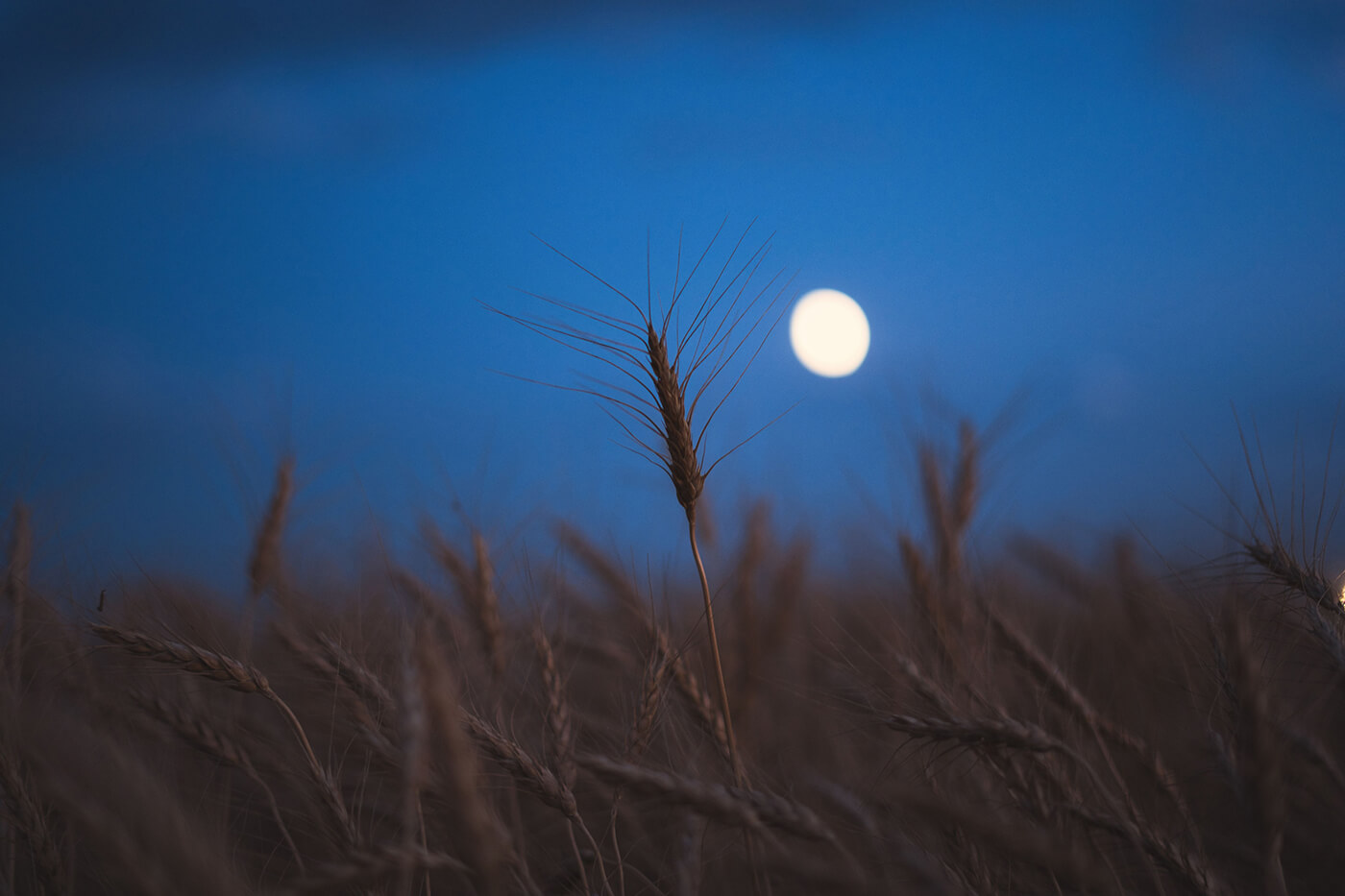
iStock.com/wirestock
Their first exposure to nature is the rhythm of celestial bodies: the rise and setting of the sun and the moon’s changing light with each night. From the start, children get these initial rhythms: the heart, the breath, overlaid by the longer beat of day, then night.
But on top of all this, the moon teaches them a longer count, more like a melody:
Its sliver grows to fullness and wanes into darkness over their first warm month earthside.
These many natural rhythms — of body, the sky, the seasons — are of particular significance to me because I am a farmer who grows heirloom, climate change-adapted wheat. These varieties of wheat can take nine months to mature, in a fitting reflection of human gestation.
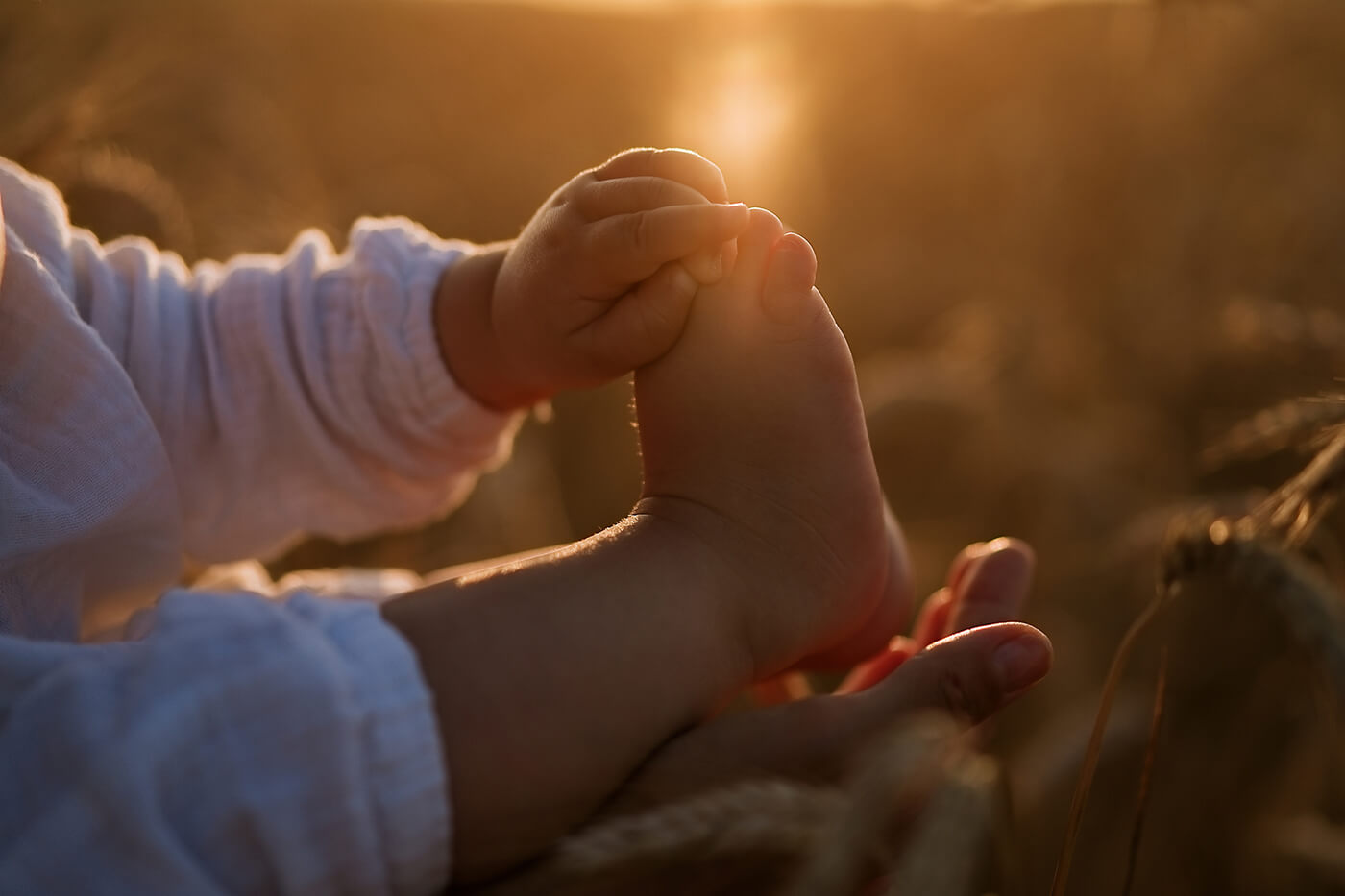
iStock.com/uzhursky
This is a longer growing period than modern wheat (industrial wheat matures in half that time), but the seeds are climate-adapted, several varieties of which were brought to the U.S. by refugees. These varieties are inheritances from a many-thousands-year-old lineage that I hope to steward for an even longer legacy. In that way, farmers’ mothering of seeds has enabled us to exist.
During the same season that I wrapped up my harvest this year — a special one, as this is my tenth year operating my farm business — I got to sit with my children under the supermoon, watching a partial lunar eclipse. The earth’s shadow covered a portion of the moon such that it looked like a face with an open wide mouth. My five-year-old told me, “The moon is saying, ‘Wahoo! Happy 10th birthday to your farm!’”
As a parent, and as a farmer, I see how children are attuned to nature — first, to the rising and setting of the sun as they establish a diurnal rhythm during the early days of nesting, then to moon phases to tell time when they haven’t yet even learned to count.
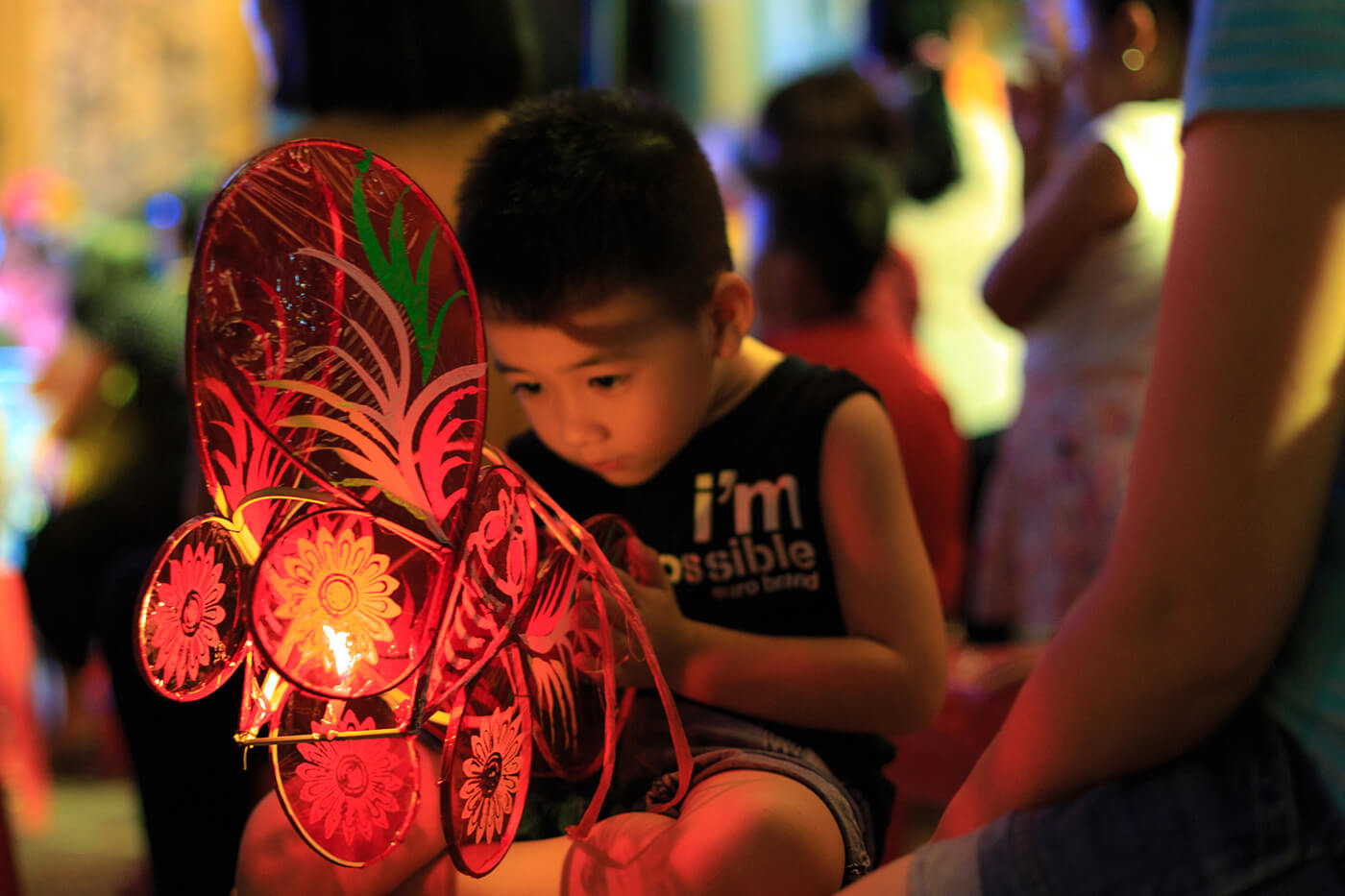
Children participate in lantern processions during the Mid-Autumn Festival in Ho Chi Minh.iStock.com/quangrpaha
In Vietnamese culture, we have a special occasion for moon-gazing with children each year. Known as Tết Trung Thu in Vietnam, Chuseok in Korea, Tsukimi in Japan, Lantern Festival in Singapore, Malaysia, and Indonesia, and celebrated as simply the Mid-Autumn Festival in China — the event is a time to gather with family and friends to celebrate the abundance of the harvest under a full moon. The festival begins in the eighth lunar month, starting on the night of the 14th day and continuing to the end of the 15th. We eat sweet mooncakes and light lanterns to hold in processions, making our own rhythms of light.

Mooncakes made from flour of Mai’s heirloom Sonora wheat. Photo by Mai Nguyen.
The Mid-Autumn Festival and the coinciding harvest moon are important markers of time for my family. The spring months of seeding and watering are followed by months of waiting, and those in turn are followed by autumn months of harvesting, preserving and feasting — feasting, not only on food, but also on the nourishment of nature’s lessons.
Harvesting jujubes, chrysanthemum flowers and herbs to dry teaches us how to discern what is worth saving and what can be returned to the earth; digging up ginger and curing onions and gourds for winter storage teaches us that hard work and care yield food that sustains us for a long time; figs and mulberries — best eaten while barefoot, bracing on branches to reach the uppermost and sweetest sun-ripened fruits — remind us that joy, delight and satisfaction are already around us, if we just stretch.
When it comes to children in particular, I’ve also learned that kids love sorting tiny seeds and stashing them in clothing or soil pockets. Even better, the rituals for including children in seed saving and tending are rich and adorable!
The fall moon cycles also signal to us when to complete harvest. Now it is time to seed cover crop, and to lay compost to blanket the soil over winter. Doing so supports the land in recovering from what it bore during the year, giving it rest, warmth and nourishment — akin to the nesting period for birthing parent and newborn.
Under the harvest moon, the labor of the farmer — and the land — is complete. In our multicultural household, my children count the phases until spring, when the ground will soften for us to seed new memories.
2 Comments
Submit a Comment
Learn more about Farmer Mai on their website
Finding Nature News stories about cultural traditions for nature connection:
- “Park pilgrimages: Unearthing new ways of being in nature”
- “How the 52-Hike Challenge helped carry on a family tradition of ‘love moments’ in nature”
- “A common thread: Indigenous-led foundation weaves together activism and art, climate and community”
- “ELSO’s summer STEAM camp connects Black and Brown youth to nature through culture”
To learn more about opportunities for nature connection through harvest:
- “Planting the rainbow: Garden-based education in the ‘Salad Bowl’,” a Finding Nature News story
- “Farming connects people with disabilities to nature, community and a sense of purpose,” a Finding Nature News story
- “Just Grow! Gardening with Kids,” a Families Together in Nature webinar recording
- Research Digest: Gardening with and for children
Celebrating Asian American, Native Hawaiian and Pacific Islander Heritage resources
“Encouraging new parents to get outside with their babies to access nature’s benefits,” a Finding Nature News story
“The things they lost, the things nature can return,” a Finding Nature News Voices guest column
-
Network News
POLICY UPDATE: Policy and advocacy for the children and nature movement
-
Voices
Binoculars, bald eagles and my journey as a Black birder
-
Richard Louv
THE WONDER BOWL: Ten Spring and Summer Nature Activities for Kids and Adults
-
Network News
Minneapolis Spotlight: The promise and possibilities of parks for youth
-
Voices
Why nature is my motherhood ally


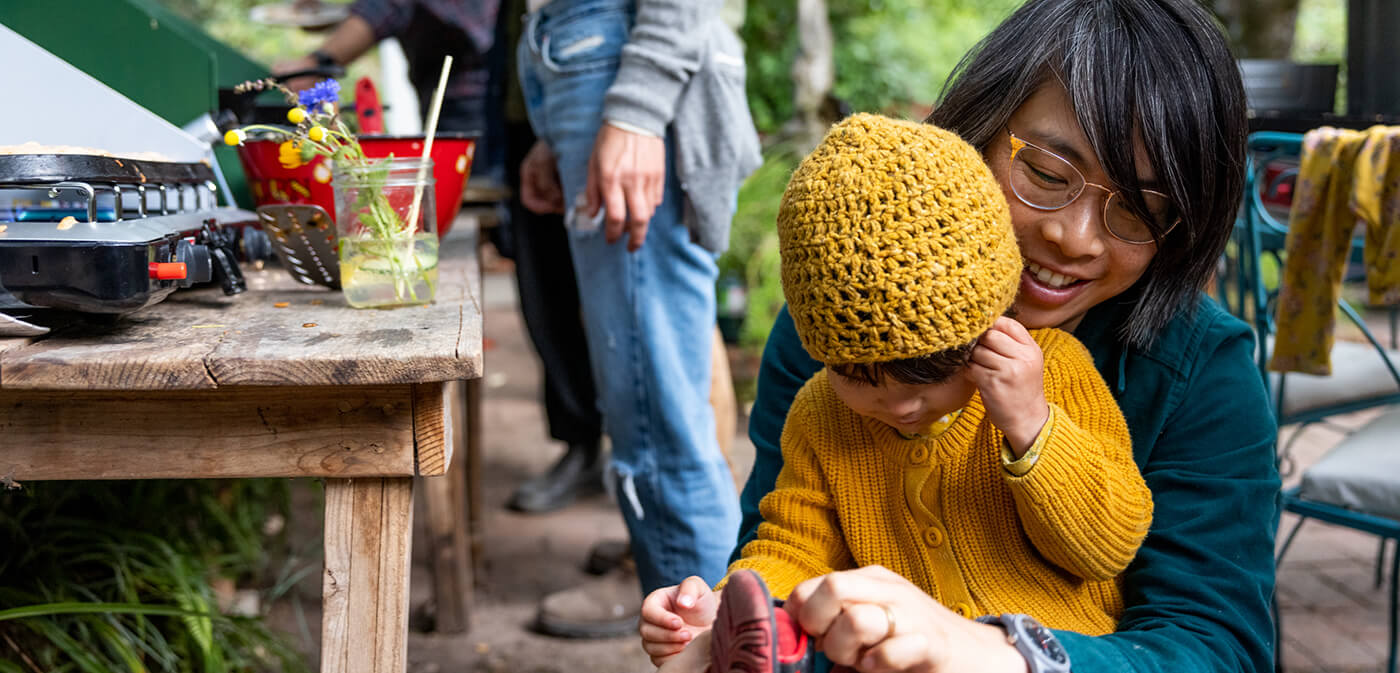
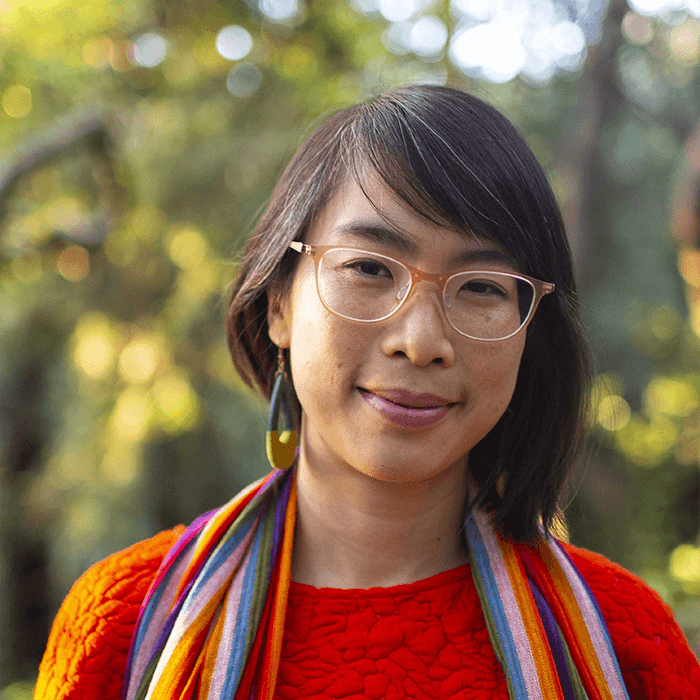
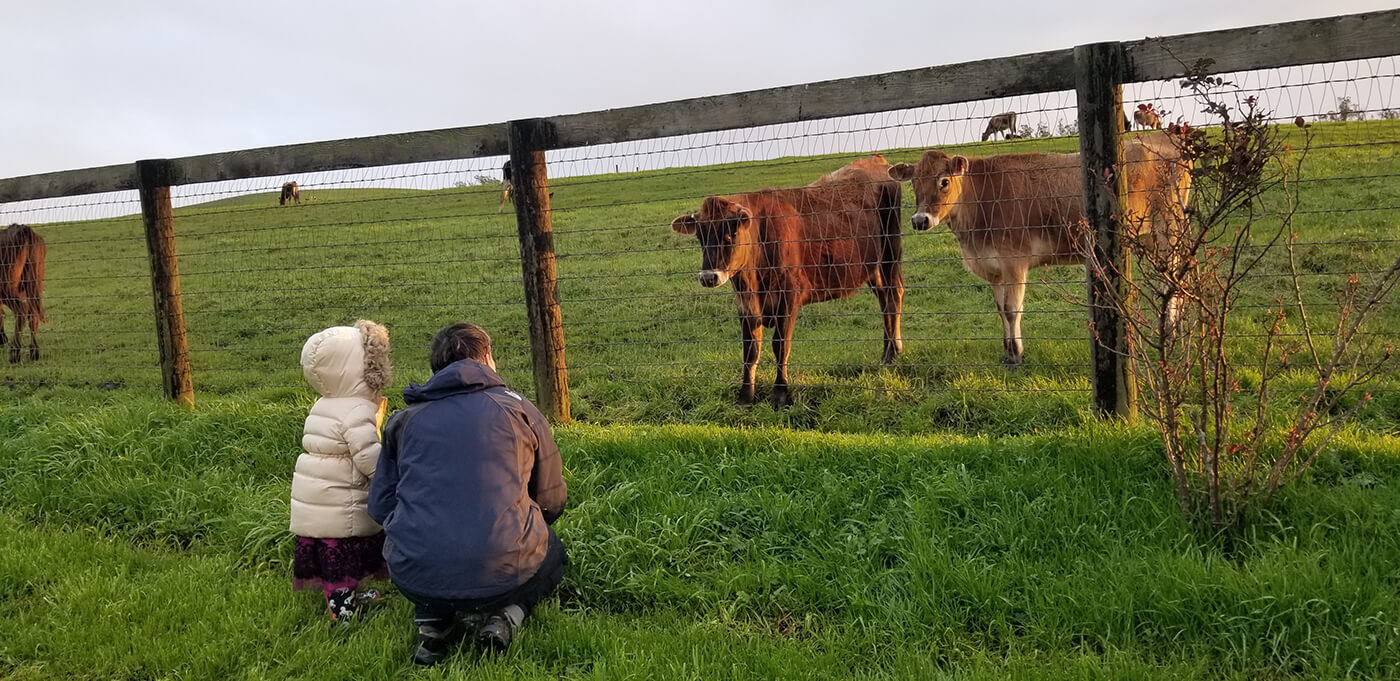
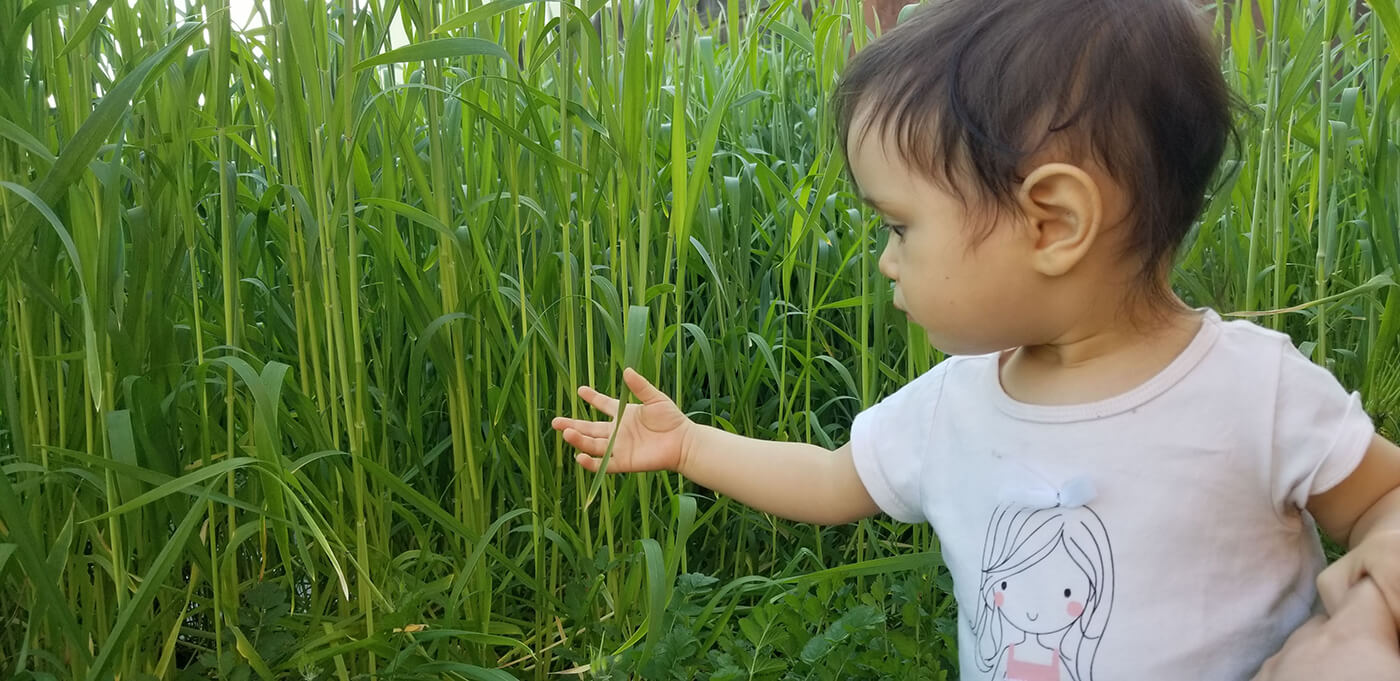


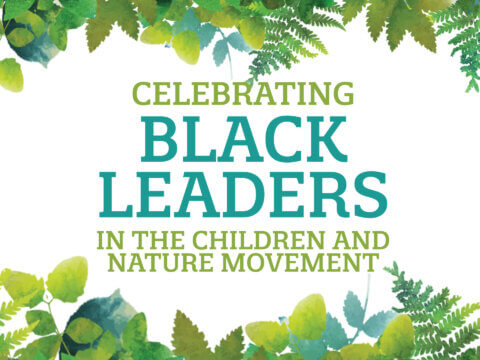
Wonderful piece.
Well thank you, Richard Louv, Children & Nature Network co-founder and author of Last Child in the Woods! We’ll be sure to share your comment with Farmer Mai!